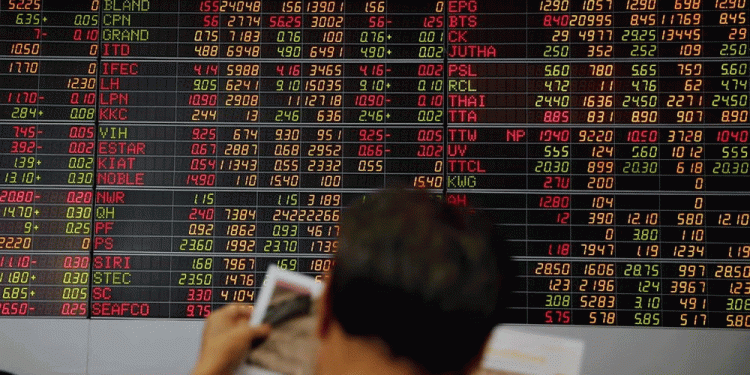By Henning Gloystein
SINGAPORE (Reuters) – prices fell below $60 per barrel on Monday after Chinese data showed weakening imports and exports in the world’s biggest trading nation.
International Brent crude oil futures were at $59.78 per barrel at 0312 GMT, down 70 cents, or 1.2 percent from their last close.
U.S. West Texas Intermediate (WTI) crude futures were down 63 cents, or 1.2 percent, $50.96 a barrel.
China’s December exports fell by 4.4 percent from a year earlier, the biggest monthly drop in two years, official data showed on Monday, pointing to further weakening in the world’s second-largest economy. Imports also contracted, falling 7.6 percent, the biggest decline since July 2016.
Traders said the data pulled down futures and Asian stock markets alike, which had both posted modest gains earlier on Monday.
Economic research firm TS Lombard said oil prices were capped as “the world economy is now slowing … limiting the scope for positive surprises in oil demand and hampering inventory reduction.”
Ole Hansen, head of commodity strategy at Denmark’s Saxo Bank, said “the deterioration seen recently in forward-looking economic data from the U.S. to Europe and China” meant that the upside for crude oil futures was likely limited to $64 per barrel for Brent and for $55 for WTI.
The weak Chinese data countered general support that oil markets have been receiving since the start of the year from supply cuts from the Organization of the Petroleum Exporting Countries (OPEC) and some non-OPEC allies, including Russia.
In the United States, drillers cut four oil rigs in the week to Jan. 11, bringing the total count down to 873, energy services firm Baker Hughes said in a weekly report on Friday.
Fusion Media or anyone involved with Fusion Media will not accept any liability for loss or damage as a result of reliance on the information including data, quotes, charts and buy/sell signals contained within this website. Please be fully informed regarding the risks and costs associated with trading the financial markets, it is one of the riskiest investment forms possible.
Source: Investing.com



























